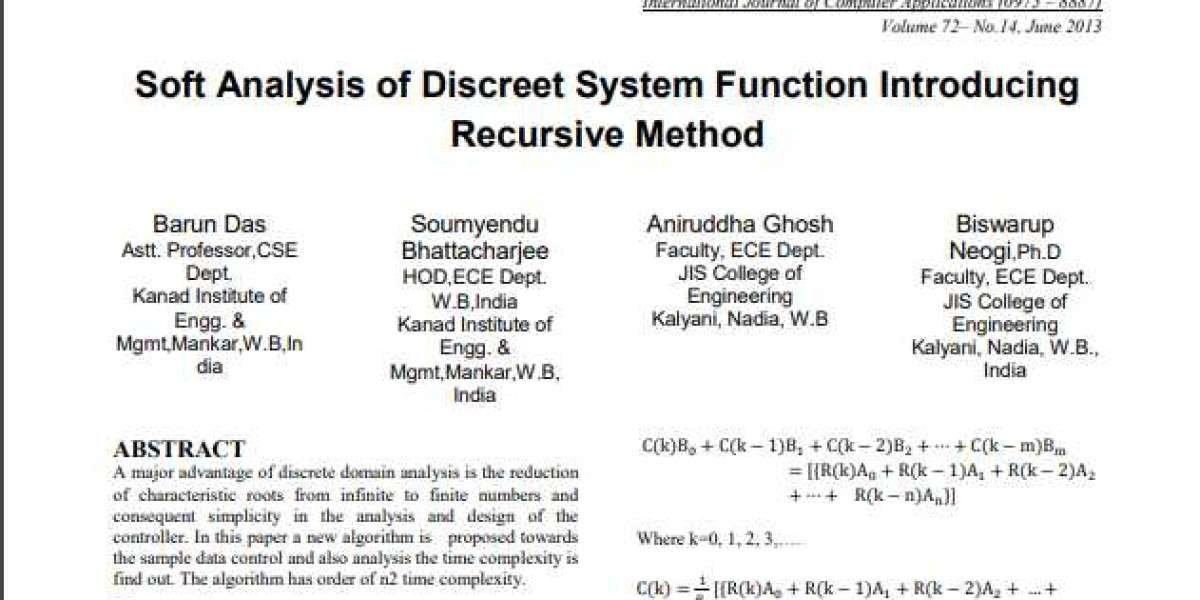A system in which the signal appears at one or more points in
the system as a sequence of pulses or numbers usually equally
spaced in time. A type of digital control system in which one or
more of the input or output signals is a continuous, or analog,
signal that has been sampled. There are two type of sampled
signal: sampling in time and quantization in amplitude.
Sampling refers to the process of converting an analog signal
from a continuously valued range of amplitude values to one of
a finite set of possible numerical values [1]. The sampled-data
systems have received significant attention to describe
nonlinear system characteristics [2].A major advantage of
discrete domain analysis is the reduction of characteristic roots
from infinite to finite numbers and consequent simplicity in the
analysis and design of the controller[3]. Discrete time control
theory comes up with unusual, but useful, control designs, with
negative PID tuning parameters being one of them[4].
Suche
Beliebte Beiträge
-
 Eminem: From Humble Beginnings to Rap Legend
Durch Arun Talukdar
Eminem: From Humble Beginnings to Rap Legend
Durch Arun Talukdar -
 Empowering Artists: The Impact of Small Donations in Fostering Creativity
Durch Arun Talukdar
Empowering Artists: The Impact of Small Donations in Fostering Creativity
Durch Arun Talukdar -
 Preserving Art and Artists: Illuminating the Crucial Role of Art in Our Modern Society
Durch Arun Talukdar
Preserving Art and Artists: Illuminating the Crucial Role of Art in Our Modern Society
Durch Arun Talukdar -
 Soft Analysis of Discreet System Function Introducing Recursive Method
Durch Barun Das
Soft Analysis of Discreet System Function Introducing Recursive Method
Durch Barun Das -
 A Journey Through Soulful Melodies and Unparalleled Resonance - Adele
Durch Nupur Nayak
A Journey Through Soulful Melodies and Unparalleled Resonance - Adele
Durch Nupur Nayak
Kategorien
